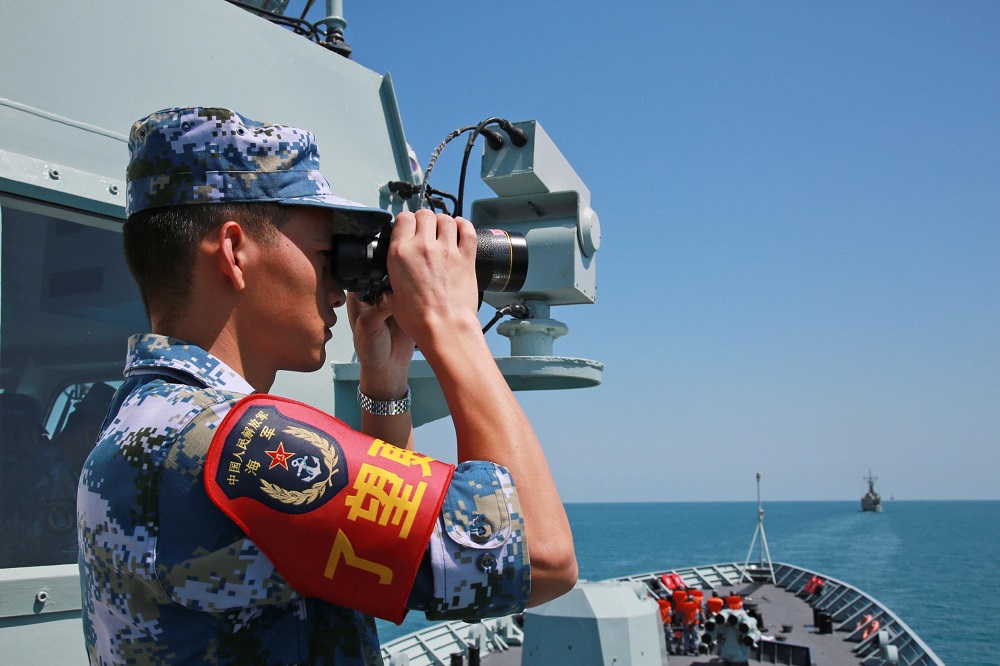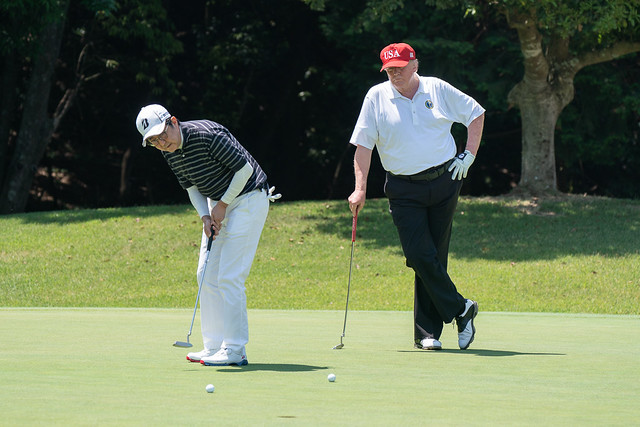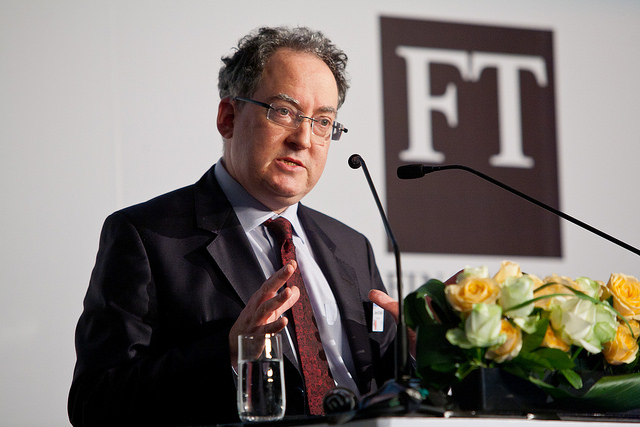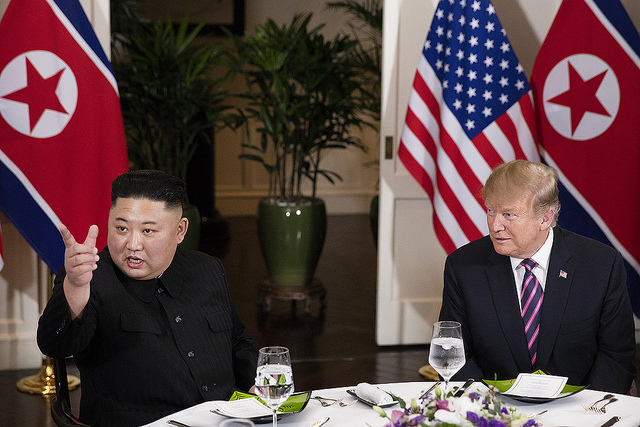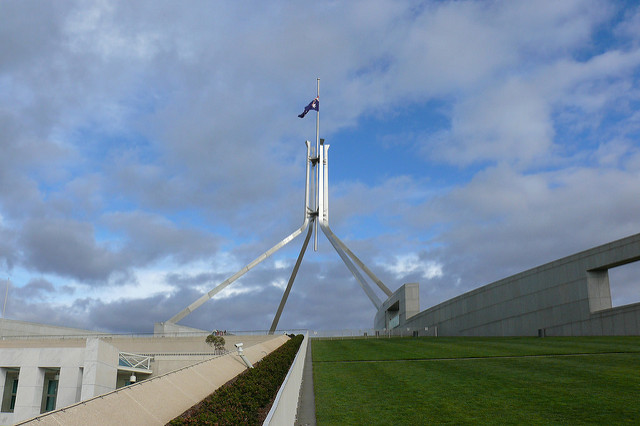America needs to talk about China
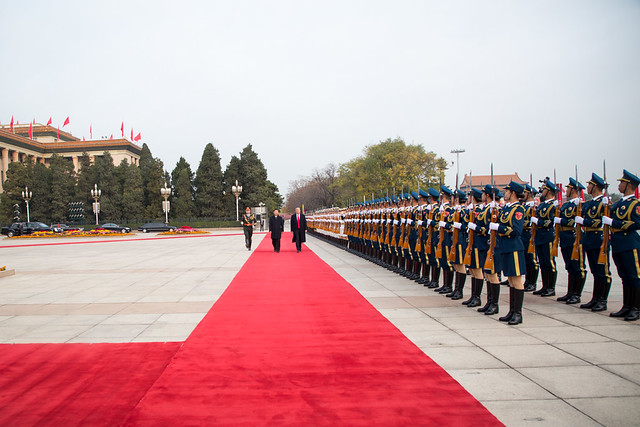
Of all the changes in US foreign policy that President Donald Trump’s administration has made, the most consequential is the adoption of a confrontational stance towards China. Replacing a decades-old policy of engagement, Trump’s approach has not only resulted in an economic cold war between the world’s two largest economies; it has also raised the spectre of armed conflict in the South China Sea and the Taiwan Strait.
Within the first year of his presidency, Trump labelled China a strategic ‘competitor’ and ‘rival power’. But it’s not just Trump: for the US national security establishment and leading Republican members of Congress—as well as some Democrats—China represents the most serious long-term threat to America’s global pre-eminence and vital interests.
Geopolitics has been the primary cause of the rapid deterioration of US–China relations over the past two years, and Trump’s trade war must be viewed in this context. US tariffs may be focused on undermining China’s long-term economic potential, but the underlying motivation is to weaken China as a strategic rival.
This should be clear from the fact that, despite Trump’s economic justifications—protection of US businesses’ intellectual property and correction of the huge bilateral trade imbalance—his tariffs are likely to do serious harm to the US economy, as they unravel an economic relationship built over four decades. In substance, if not in name, America’s China policy has become entirely adversarial.
This shift has alarmed some of America’s most experienced China scholars and former policymakers. In an open letter, nearly 100 of them—including both Republicans and Democrats, and many vocal critics of Chinese policies and behaviour—recently called on Trump not to treat China as an enemy.
The American public seems largely to agree. There is, to be sure, widespread antipathy towards China throughout the United States: according to the Pew Research Center’s most recent survey on the matter (conducted in August 2018), only 38% of Americans view China favorably, while 47% view it unfavorably. But only 29% of respondents cited China’s military might as a cause for concern. A much larger share— 58%—are worried about its economic prowess. This suggests that, in the eyes of most Americans, the primary objective of relations with China should be to protect their livelihoods, not to initiate a geopolitical confrontation.
Yet a geopolitical confrontation seems to be precisely what the Trump administration is engineering—possibly at the expense of many Americans’ livelihoods. This disconnect reflects the extent to which the shift in America’s China policy has occurred out of the public’s view and without open debate.
Such a debate is urgently needed. Though the trade war has been dominating headlines since it began, much of the American public is unaware of the extent of the transformation in US policy towards China, which exposes their country to an open-ended conflict with what will soon be the world’s largest economy and its leading emerging power.
In a democracy, a government cannot pursue a long-term struggle with a powerful geopolitical adversary without sustained political support from an informed public. Special attention should be paid to young people (who, according to Pew, have a significantly more favourable view of China than their elders do), because they will bear the brunt of the costs of the unfolding Sino-American cold war.
For such a debate to be credible, the Trump administration will need to answer crucial questions about its China policy. First and foremost, what is the policy’s ultimate objective? Possible answers include modification of certain Chinese behaviours or policies, containment of Chinese economic or military might, or outright regime change.
The Trump administration would then have to explain how it intends to achieve its stated objective. Is ‘economic decoupling’, favoured by the China hawks in Trump’s orbit, an effective or feasible strategy? The authors of the open letter argue that US efforts to decouple China from the global economy ‘will damage [America’s] international role and reputation, and undermine the economic interests of all nations’. And could other countries—even traditional US allies—be convinced to support those efforts? Would the US be willing (or able) to go it alone?
Whichever policy it chooses, the Trump administration must be able to justify it. Last October, Vice President Mike Pence effectively declared ‘cold war’ on China in a blistering speech that contained a litany of accusations, including interference in US politics and oppression of its own people. What Pence—and the rest of the Trump administration—didn’t offer was a reasoned justification for America’s treatment of China as an existential threat.
The final question that must be asked concerns multilateral cooperation. To confront shared challenges—some of which, like climate change and nuclear proliferation, actually are existential threats—the world needs such cooperation more than ever. Can the US embrace a policy of confrontation towards China without precluding collaboration on issues where it is required?
The signatories of the open letter—as well as a slew of renowned economists, politicians and thinkers—have presented an informed and thoughtful statement of their collective views on China. The Trump administration must illuminate its own vision and goals to the people it is supposed to represent.

